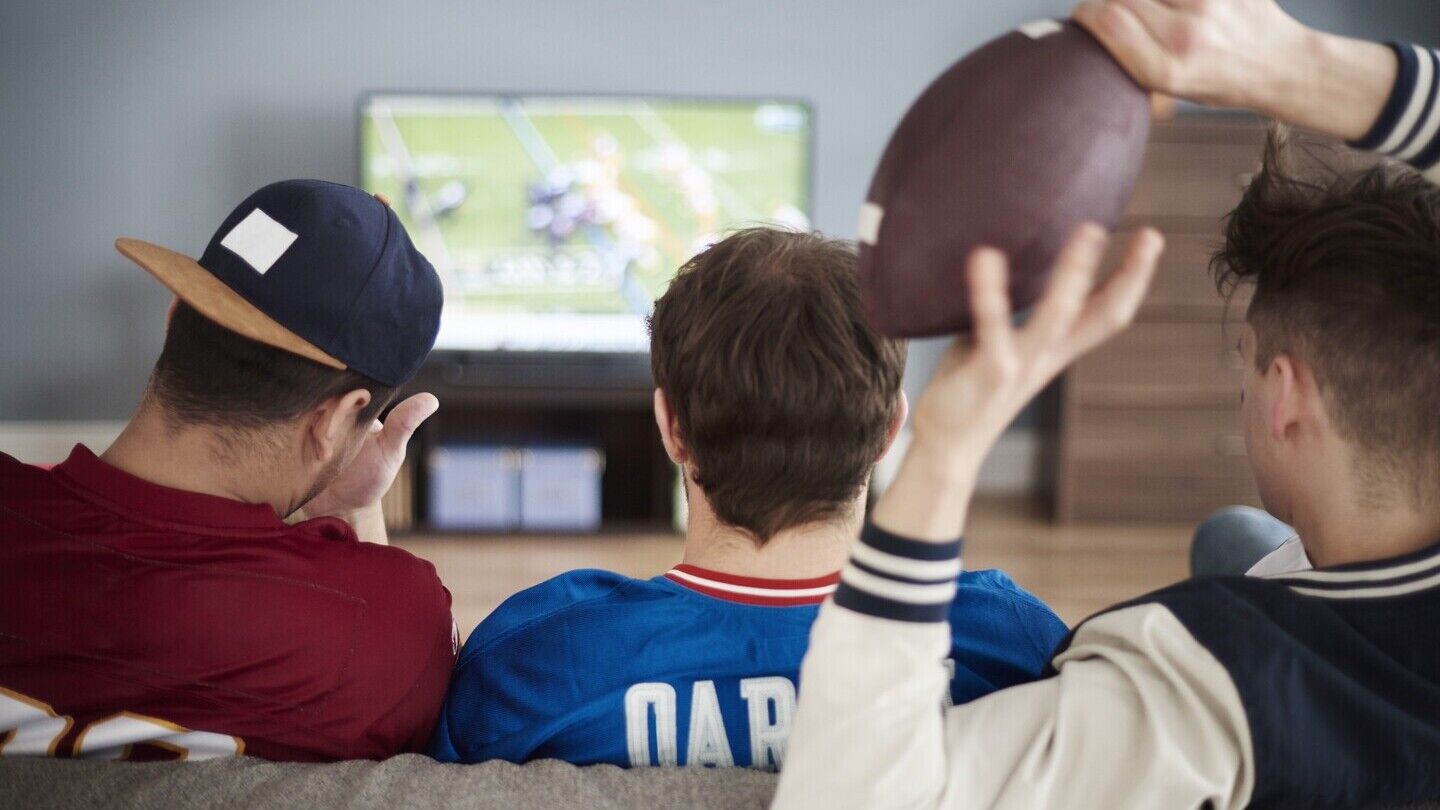American football games - the Super Bowl in particular - have always drawn large TV audiences, but with a drop in the number of people tuning into the NFL, what can be done to boost viewing figures and maintain interest in the sport?
You are not signed in
Only registered users can read the rest of this article.
Latest Report





